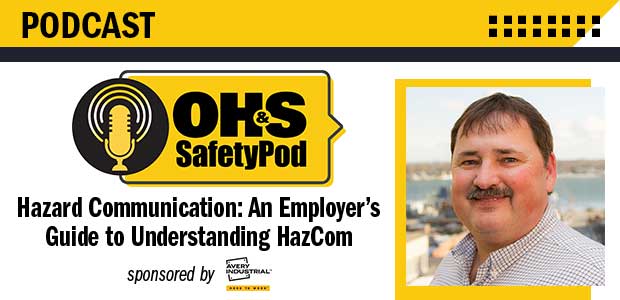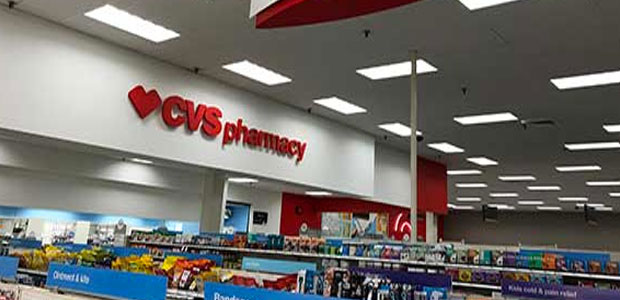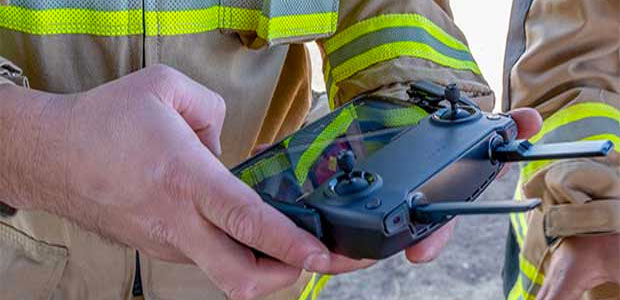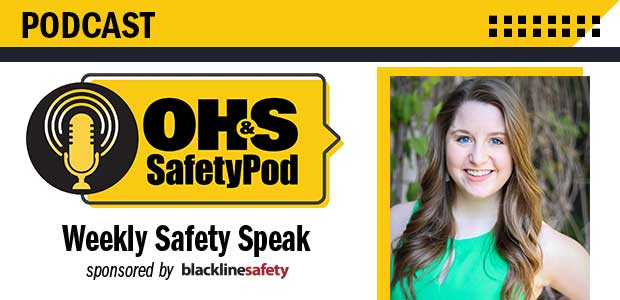The tool kit was created to bridge the gap between expert information and employers to maximize employee safety.

The meatpacking industry feels that its employees are at risk of contracting COVID-19 after plant outbreaks.
The Frisco teenager won $25,000 for her finding of a molecule that can bind to the spike protein of the SARS-CoV-2 virus.

UTSA assistant professor will use technology to help advance steel worker safety.

Episode 34
Hazard Communication has consistently sat near the top of OSHA’s Top 10 Most Frequently Cited Standards for quite a while now. To understand why, and dive a little deeper into the subject, I interviewed Stephen Badger, a safety management consultant with 34 years’ experience with Hazard Communication. Check out this episode to learn more about the history of the standard, the requirements to comply and how you can avoid citations.
The misconception that coronavirus particles are too small to be filtered by the N95 respirator is corrected in the new set of Frequently Asked Questions.

States have unveiled their plans to distribute the coronavirus vaccine, which, as of yet, has not been approved by the FDA.
The retail company will pay $464,750 in penalties for storage hazards and safety violations in stores.

The additional hires will help the influx of patients that will contract the flu or coronavirus as temperatures drop and the number of illnesses across the country rise.

Scottsdale’s fire department enrolled 14 firefighters into a drone-pilot program to make their missions safer and more efficient.
Plans for coronavirus vaccine distribution have been set in motion despite the absence of an FDA approved vaccine.

Episode 33
In this mini episode of the podcast, Editor Sydny Shepard reports the top 25 most dangerous jobs in America, the NFPA's new campaign for electrical safety and how OSHA has refined its COVID-19 recording requirements.
Each individual may assume that since everyone is responsible, there are others in the area who can take action. The end result may actually be that everyone present is going to make that very same assumption, and no one will actually do anything to further the cause of safety.

Michigan’s governor collaborated with MIOSHA to introduce new guidelines for employers to follow in the wake of COVID-19.
The agency’s upcoming changes will be an effort to continue innovations that became necessary because of COVID-19.

A total of $26.6 million will go toward agriculture and food worker relief in Canada.
As part of an employer’s responsibility to maintain a safe work environment, companies are continuously responding to risks. Today, one of the greatest threats to employee well-being, and ultimately a company’s ability to operate, is COVID-19.
Despite declines in workplace injuries in recent years, the construction industry remains one of the most dangerous in America.
One in four hotel workers is unemployed right now, and the numbers are only expected to increase.

The Faces of Fire/Electrical Campaign has, so far, featured interviews with two real electrical utility workers who were injured on the job.